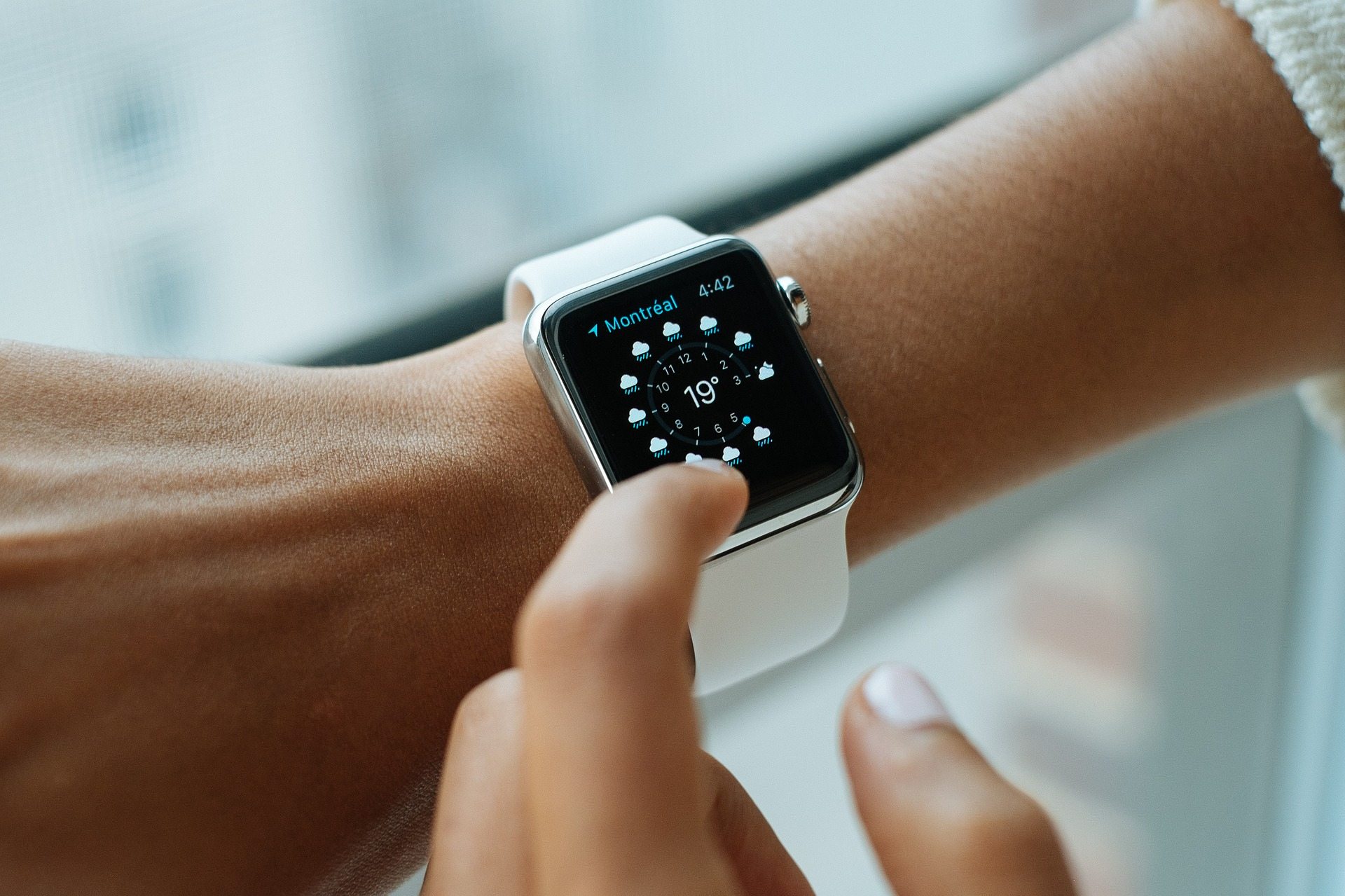
How Will Wearables Change Your Future Marketing Strategies
Wearables are impacting how people interact with technology, which in turn changes how digital marketers target consumers.
Like many other emerging technologies, wearables are still in their infancy, which is the perfect time for marketers to begin learning new tactics for them.
Preparing for a future filled with wearables like smartwatches, smart glasses, and shoes that connect with the internet can ensure you profit heavily from new marketing trends.
Of course, many of the current wearables in the market are quickly fading from popularity, but that doesn’t mean we can’t learn from there. When they do start becoming more popular, here are some ways you’ll need to update your strategies to flourish in a world of wearable technology.
Keeping Your Messages Short
A computer has a large screen, giving digital marketers plenty of space to work with. They can include extra things on a screen to accompany their message, and can even have just plain white space to make pages aesthetically pleasing.
Then, tablets and smartphones came out, with smaller screens. Marketers were forced to shorten their messages to be more effective, and remove those unnecessary extras on pages.
Now people are using devices with even smaller screens, requiring marketers to update their tactics. It’s unreasonable to expect a consumer to read paragraphs upon paragraphs of text on a smartwatch with a 38mm screen. It’s even unlikely they’ll want to read something more than a few sentences.
Wearables like smartwatches may require adapting your content to better fit their screen sizes. Instead of answering a question in around 500 words, shrink it to about two to three sentences. That way, people receive what they want from your site without extra frustration.
Chatbots and Voice Search
Many wearables make it more difficult to type and in turn make voice commands and voice search options much more attractive. This eventual shift will result in changes in keywords, increases in long tail searches, and the rise of chatbots.
Let’s talk about voice search. Already with smartphones, the ability to search with your voice is possible and used. As more people use wearables, they’ll find that if they have a quick question they want answered, they’ll use that rather than their phone simply because it’s so handy and easy to access.
That means talking to it to search, which can be a big impact on keywords and search queries. When people ask Siri or Google voice to search something, they often pose it as a question. This trend will only continue to grow with more people search through voice commands
Other new technologies will blend well with wearables in the future, especially AI-enabled chatbots, voice assistants, and the like. Almost all assistants and chatbots today incorporate advanced AI that could have a big impact on how we do platform-specific searches. The difference between these and programs like Siri is that these chatbots will remember and learn each user’s personalities and preferences. These chatbots will change up how people receive content and marketers will need to include chatbot strategies.
Even More Connected
Wearables connect consumers even more to the web and, in turn, businesses. Before smartphones, people could only check their email at a computer.
Now, it’s possible to check email at any time thanks to smartphones. But, it’s possible to miss things if the phone is in a pocket or purse. The average person checks their phone about 85 times a day, which might seem like a lot, but means there is plenty of chances to miss things. A smartwatch, though, can give immediate notifications for emails, apps, and even text messages.
With this ability, consumers are going to see and respond to notifications much quicker. That gives marketers quicker access to data, especially if they track email open rates, and allows them to be more responsive and flexible during campaigns.
As more marketers learn that they have quick and almost constant access to consumers, those notifications will become too much. Every company will try to be noticed and cause a lot of noise, similar to how email and spam was until spam filters became efficient. That requires marketers to become even more creative and interesting to stand out in a constant stream of notifications.
Who Is Using Wearables?
Like most new technologies, the biggest adopters are younger generations. While some wearables are only fads that last a year at most, many will have lasting effects on future consumers. As target markets change and who makes decisions in the workplace evolve, the effects of lifestyles with wearables will be felt everywhere.
Analysis of target markets will have to include what wearables they are using and how it impacts their buying habits. This is similar to how now, marketers have to look what types of smartphones and tablets consumers use and finding patterns in their behaviors.
Data, Data, And More Data
Each wearable has the potential to provide new data to marketers and companies. More data means better-informed marketing decisions and insights into consumer habits. That can include things like geolocation, how consumers interact with apps and stores with wearables and more.
Already, location and relationship based marketing are huge, and wearables will give another point of contact for gathering data for this.
Currently, data from wearables is rare and hard to gather. Of course, the major tech titans like Google and Facebook will have access to the most data, but as you gather more, you gain a valuable resource others want. If you gather this data early on, you can leverage or even sell it to others.
What are your thoughts on how wearables will impact marketing? What new tactics are going to arise because of them?






